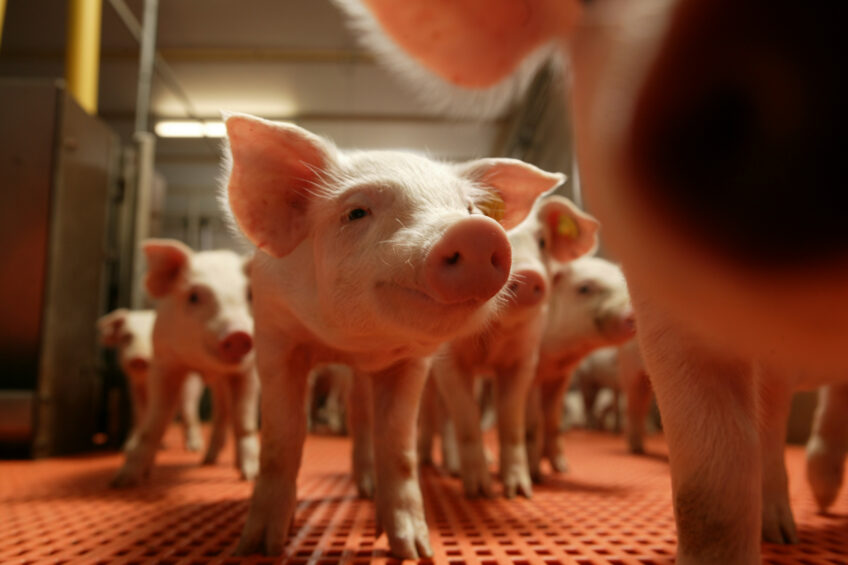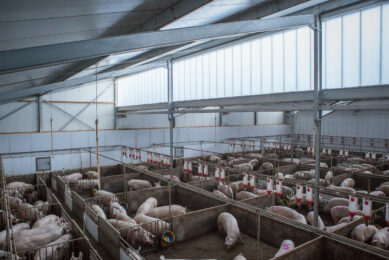Eating at weaning: good or bad?

Piglets go through various stressors at weaning, including separation from the sow, relocation to a different pen, regrouping with unfamiliar pigs, and a dietary change. In most farms, these changes happen all at once, causing an immense stress reaction. Nevertheless, there is a strong emphasis on getting weaned pigs to eat as soon as possible to avoid a growth dip. Pig welfare expert Dr Irene Camerlink considers whether this is actually desired.
We may all have experienced that food and stress do not go well together. It can lead to some annoying digestive discomforts, constipation or diarrhoea. Ingesting food during an intense stressful situation is therefore normal to come out as diarrhoea, leading to energy and nutrient loss, possible dehydration and risk of infection. The more feed goes in, the more feed comes out, whether in proper or improper manner. Is it then wise to encourage feed intake during weaning?
Drinking enough
A day without food may lead to a growth reduction, but having diarrhoea may make it even worse. Therefore, there is no need to push weaners to eat on weaning day, but it is important that they drink enough. Depending on the feeder type, it can be filled with some (diluted) apple juice or lemonade to encourage pigs to drink while also getting some sugars. Their taste for sweet stimulates the visits to the feeder. Some feed pellets can be sprinkled on the solid part of the floor for exploration, and as snack for pigs that do eat. From the day after weaning, feeders can be filled with feed.
Giving piglets some chewable or ingestible material that can be shared between the sow and piglets at the same time is ideal
Foraging and chewing behaviour
To avoid a growth check, it is best to have piglets already eating solid feed before weaning. In nature, pigs start chewing or eating bits of solid feed from the second week of life. Giving a small amount of feed early on will get at least some of the pigs to eat (but often not all). Young pigs learn to eat by observing others, especially the sow. Therefore, giving some chewable or ingestible material that can be shared between the sow and piglets at the same time is ideal. For example, a small amount of short chopped straw, peat compost, or food given once or twice a day on the floor. Even if the piglets do not eat it, they do learn the foraging and chewing behaviours that form the basis for ingesting food.
Reducing and spreading stressors
Wanting to take it a step further? Our research farm weans pigs without diarrhoea or growth dip, by reducing and spreading the stressors. Piglets have access to solid food from 2 weeks of age and eat together with the sow, with a feeder at floor level. By week 4, they are fighting for the sow feed. While sow feed is certainly not optimal for piglets, the aim is to get them to eat. At weaning, the sow is removed while the piglets stay another week in the farrowing pen, thus postponing the stress of a new environment. Further, they are not regrouped until at least 6 weeks of age, and then only by keeping litters together, hence making sure they are eating and drinking well before facing a new experience. It takes some extra effort, but I rejoice in watching pens of healthy playing pigs on weaning days.











